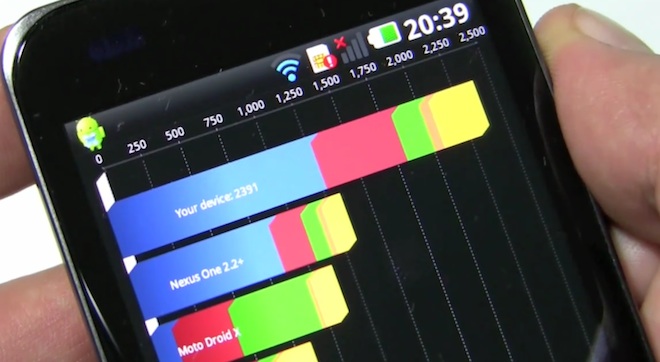
The bean counters at Strategy Analytics have whipped out their abacuses and tabulated that 15% of the smartphones sold this year will have multi core processors and that by 2015 that figure is likely to sky rocket to 45%. They go on to say that this year Samsung and Qualcomm will be shipping the most multi core processors, in this case dual core, followed by NVIDIA, ST-Ericsson and Texas Instruments. We’ve been saying this for a while now, that just because NVIDIA was first to the market with their dual core Tegra 2 processor, Qualcomm’s more attractive offering that also bundles a slew of wireless radios will be more attractive in the long term.
“Strategy Analytics analysts believe that multi-core processors will re-ignite the battle between the stand-alone and baseband-integrated applications processor vendors in 2011,” commented, Sravan Kundojjala, Senior Analyst. “The baseband-integrated multi-core applications processors will account for about one-third of total smartphone multi-core applications processor shipments in 2011, with potential for higher share in the future. By contrast, the market for single-core apps processors is now dominated by baseband-integrated products.”
It isn’t a stretch to say that the next iPhone, due to be shown off this summer, will have a dual core processor. Around the same time we can also expect to see the first Android 3.0 smartphones hit the market, and many of the flagship devices running said OS will likely have dual core onboard. We’ve seen benchmarks of the LG Optimus 2X, pictured above, the first dual core smartphone to be announced. It runs Android 2.2, but will get an upgrade to 2.3, and it’s on a totally different level compared to what’s currently on the market, but we think it can get even faster with further refinements. The most popular application on smartphones, hands down, is the web browser. Expect to see the biggest differences in performance when surfing the web and your OS reserves an entire processor core just for rendering your favorite sites.
